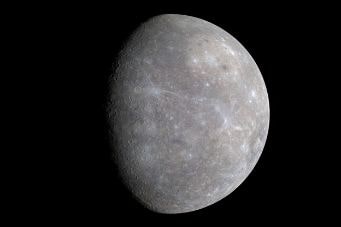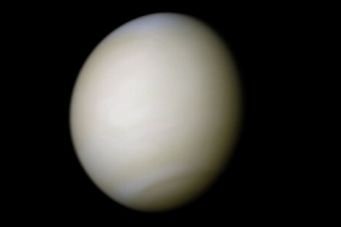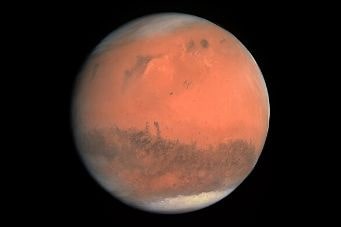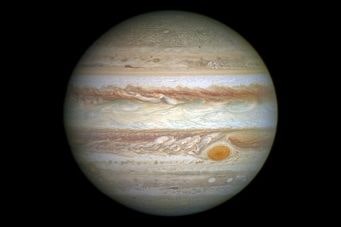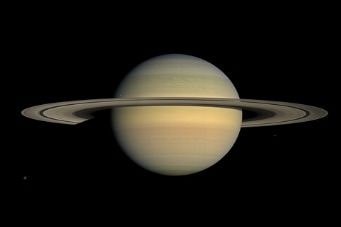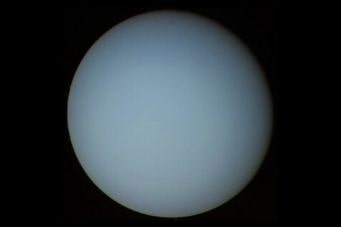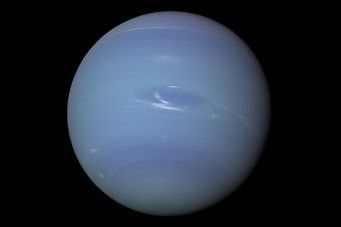
We have all seen detailed images of planets in the solar system before, but what do they look like through a telescope?
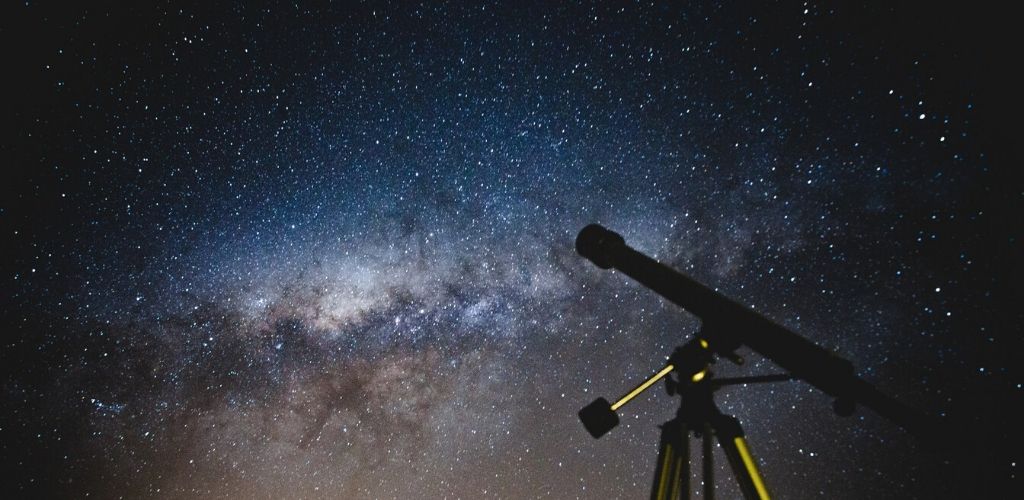
What if you observe other worlds with your own eyes?
You may have already done so! Even if they don’t have futuristic extraterrestrial civilizations, five of the seven planets of our solar system (without taking Earth into account) are visible to the naked eye.
They are bright, they do not twinkle like stars and they move in the night sky. These five planets are Mercury, Venus, Mars, Jupiter and Saturn. The last four have a yellow or orange halo impossible to miss compared to the stars of the night sky.
Uranus and Neptune can be observed with binoculars, but the best way to see them, apart from having your personal interplanetary spaceship, is with a telescope.
The superb images of the cosmos taken by telescopes like Hubble and probes like Voyager, with very long exposure times and post-processing, have amazing colors and depth. To the naked eye, the appearance is different.
The details are more subtle with a telescope, although what you will see depends on the telescope used and, above all, on the weather conditions at the time. But stay motivated, because watching other planets is an unforgettable experience.
Which planets to observe with a telescope?
Click the planet of your choice to discover our comments and advice.
How to see all the visible planets at once?
It is necessary to know when to observe the visible planets in the night sky because they are not always visible from our hemisphere. Refer to the ephemeris published by websites such as http://xjubier.free.fr/en/site_pages/astronomy/ephemerides.html
Pluto is not on this list, since it was downgraded to a dwarf planet due to the discovery of Eris, an object of the Kuiper Belt larger than Pluto and which could have become the 10th planet if the International Astronomical Union (IAU) had not finally decided to change the rules that define a planet.
Eris and Pluto were both classified as dwarf planets. Finding Pluto is quite difficult and its small size makes it impossible to observe its details from Earth. You would need a professional telescope to see it. In the night sky, Pluto looks like a very dim light.

Image credits:
- Stargazing: photo by Lucas Pezeta from Pexels
- Mercury: NASA/Johns Hopkins University Applied Physics Laboratory/Carnegie Institution of Washington / Public domain
- Venus: Required text: “Image processing by R. Nunes”, link to http://www.astrosurf.com/nunes / Public domain
- Mars: ESA – European Space Agency & Max-Planck Institute for Solar System Research for OSIRIS Team ESA/MPS/UPD/LAM/IAA/RSSD/INTA/UPM/DASP/IDA / CC BY-SA 3.0-IGO (https://creativecommons.org/licenses/by-sa/3.0-igo)
- Jupiter: NASA, ESA, and A. Simon (Goddard Space Flight Center) / Public domain
- Saturn: NASA / JPL / Space Science Institute / Public domain
- Uranus: NASA/JPL / Public domain
- Neptune: Justin Cowart / CC BY (https://creativecommons.org/licenses/by/2.0)
